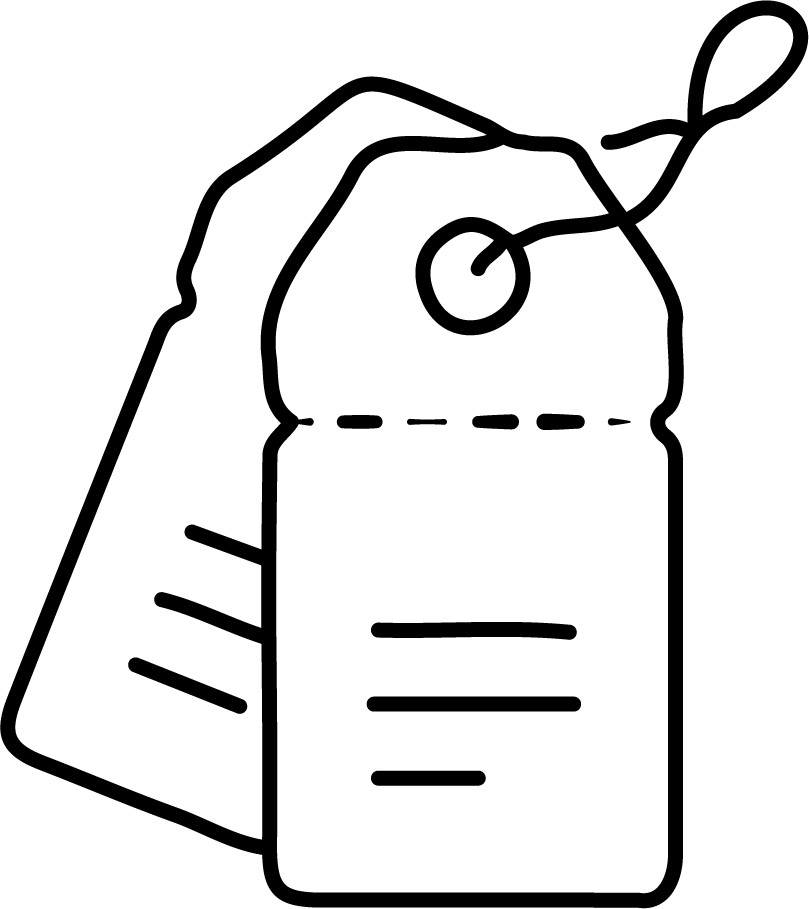Ultimately the answer is simple. A Dutch Oven is a cooking vessel designed to keep heat in. Which means that most common perceptions of a Dutch Oven require the use of a lid. That’s the simple answer.
The longer answer is of course more complicated. A Dutch Oven can be made of cast iron (or any metal or alloy for that matter), ceramic or glass. A Dutch Oven often goes by many names. We tend to interchange it with French Oven (cocotte), cooking pot, braising pot or stew pot. Some of us will even mistakenly call it a slow cooker or crock pot. Well, not us.
Most purists will tell you that a Dutch Oven is ONLY made of seasoned sand-casted iron. And that the process was borrowed from the Dutch by a British businessman that used iron as a cost-saving measure (the Dutch were mostly using brass at the time). He then called his new cooking pot with a lid a Dutch Oven. Then the French added a beautiful colorful enamel to the cast iron pot and the cooking world fell in love. Even though that same cooking world had been dating Chinese cast iron cookware for roughly 3000 years. Yet to this day, we still call it a Dutch Oven.
All that being said, the Dutch pretty much won the namesake. A Dutch Oven is a pot with a lid to keep heat in longer. And we’ve all butchered the name(s). But now that we got the name out of the way, a Dutch Oven, in all of its forms, does so many different things.
And what in the world does it do?
Everything. Well, when it comes to heat in the kitchen, pretty much everything. It will not chop your veggies or knead your dough. We have a few other tools that we actually do need in the kitchen. Speaking of kneading, baking is one of the hottest new uses of a Dutch Oven. Specifically sourdough bread and pizza. Cast iron in general is such an amazing conductor of heat, some people use it to brew their coffee or tea.
Dutch Oven homework time. Try this exercise. Type in, “can you make ___________ in a Dutch Oven?” Of course you need to fill in the blank yourself. But you’d be surprised.
It’s perfect for soup-ing, pasta-ing, chili-ing. Pretty much any dense meats or veggies that need to be broken down or tenderized to retain flavor. Or any myriad ingredients that need to share and blend flavors over a period of time. Time. A very important ingredient to this conversation about which Dutch Oven is right for you.
Of course a Dutch Oven is for stewing, steaming, simmering, sautéing, braising, searing, and frying. Yes you can fry your bacon in a Dutch Oven. It’s just a very tall, and maybe bacon-awkward, cast iron skillet. You can use the depth of a Dutch Oven as a pretty solid choice for deep-frying as well (this is one of those times where you keep the lid on).
Just remember that traditional cast iron Dutch Ovens heat up slower and cool down faster than other cookware. So if you have the time, it can do almost anything. Some cooks like the slower cool down so they don’t have to leave an open flame if they have to walk away.
For that same reason, it keeps cold items colder longer as well. That’s right! Your friendly Dutch Oven now available as an excellent cooler or ice bucket. Might be a little heavy. But it will be the most unique ice bucket at your next game day get together.
Another thing that colorful enameled cast iron Dutch Ovens do is provide a little fashion statement in your space. You can say what you want, but one of the recurring items that appears on every new homeowners list is that colorful enameled cast iron Dutch Oven. It would sound a little shallow if it weren’t for the fact that it is a beautiful color applied to the surface of a certified culinary workhorse.
But if you need to turn up the heat a little quicker, cool things down faster and save a little money, there are other non-cast iron Dutch Ovens discussed below.
Is it worth the money?
Enameled cast iron vs. non-enameled cast iron Dutch Oven.
It is a bit ironic that the original cost saving effort to use cast iron to save money, has resulted in current day cast iron Dutch Ovens being the most expensive option. Non-enameled cast iron Dutch Ovens are less expensive but harder to clean. They also need to either be seasoned or develop a seasoned coating over time, which can be rather complicated. Most experts would agree that enameled cast iron Dutch Ovens are absolutely worth the money and that would be their choice. If you are curious at all, most enamel made for Dutch Ovens is a vitreous enamel, which does not mean that it is angry enamel. It just means it has a glass-like appearance (because it is fused glass) and is essentially a porcelain.
Enameled cast iron vs. stainless steel or aluminum Dutch Oven.
This does not mean that you can’t get close to the same results from a stainless steel or aluminum Dutch Oven. The main difference between a cast iron Dutch Oven and a Dutch Oven made with another metal is heat conduction and retention. Cast iron heats up slower and cools down even slower. Its surface is also less affected when you add your food. Stainless Steel or aluminum Dutch Ovens heat up faster but also cool down faster. And sometimes that’s a good thing. With stainless steel/aluminum, some chefs prefer that you can control the cool down. Chefs will also tell you that it is nice to have a heavier cast iron lid for certain dishes to keep the heat in. That still doesn’t mean that it’s impossible to retain heat with a glass lid and a tight seal on a non-cast iron Dutch Oven.
Here’s a funny fact. Back to that cost-saving cast iron thing? Stainless steel and aluminum are more expensive raw materials than iron. But cast iron Dutch Ovens are generally more expensive. There are a few good reasons for that in another post. Just thought it was funny.
So are cast iron Dutch Ovens and stainless steel/aluminum Dutch Ovens different? Yes. Is one better than the other? It depends on who you are asking. A chef with a little more money and a little more time? Or a homeowner on a modest budget that doesn’t necessarily have 13-18 hours for a stew. Or maybe a hostess with a stylist’s eye that needs a highly functioning pop of color in their kitchen.
All are good answers.







